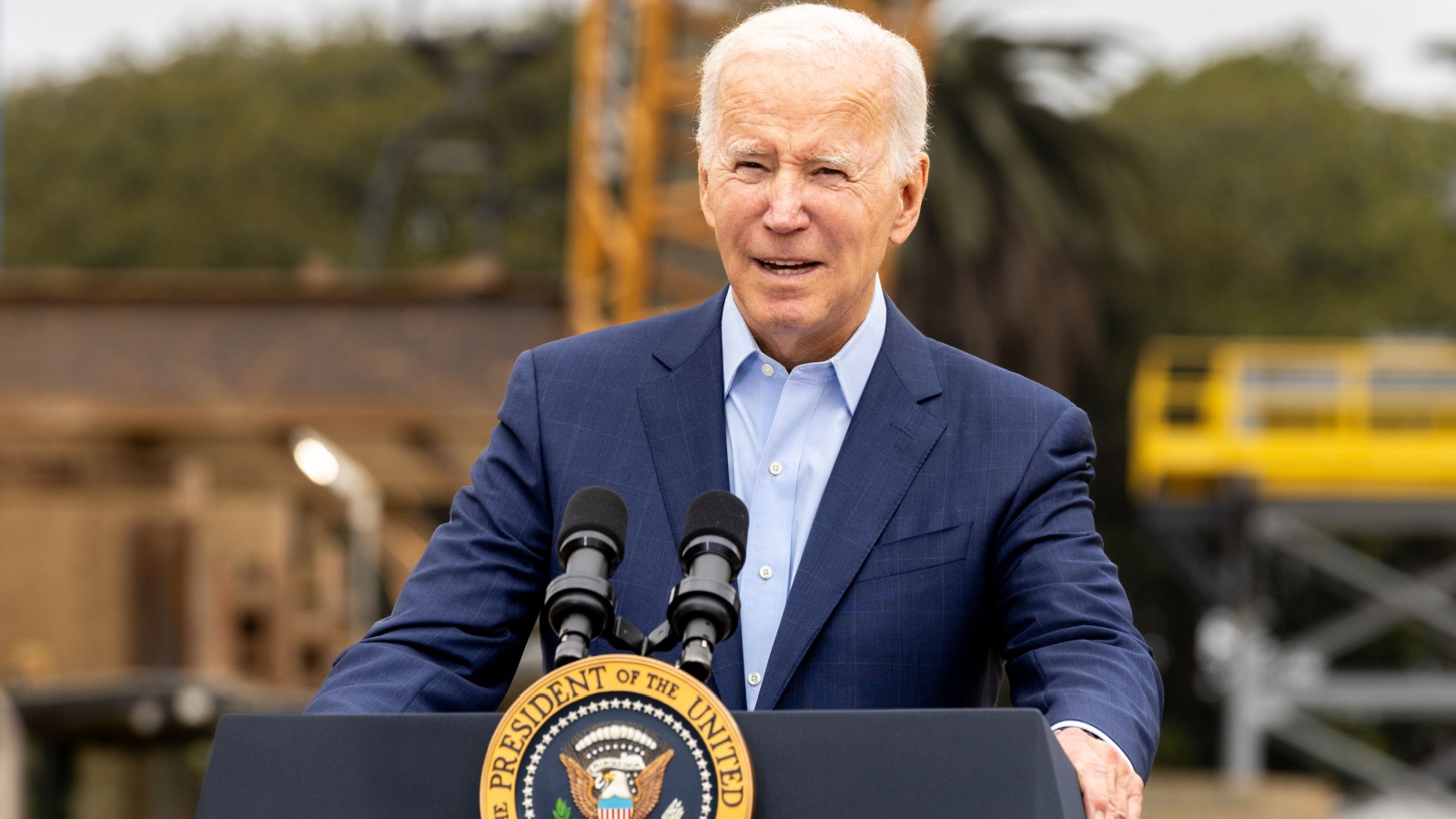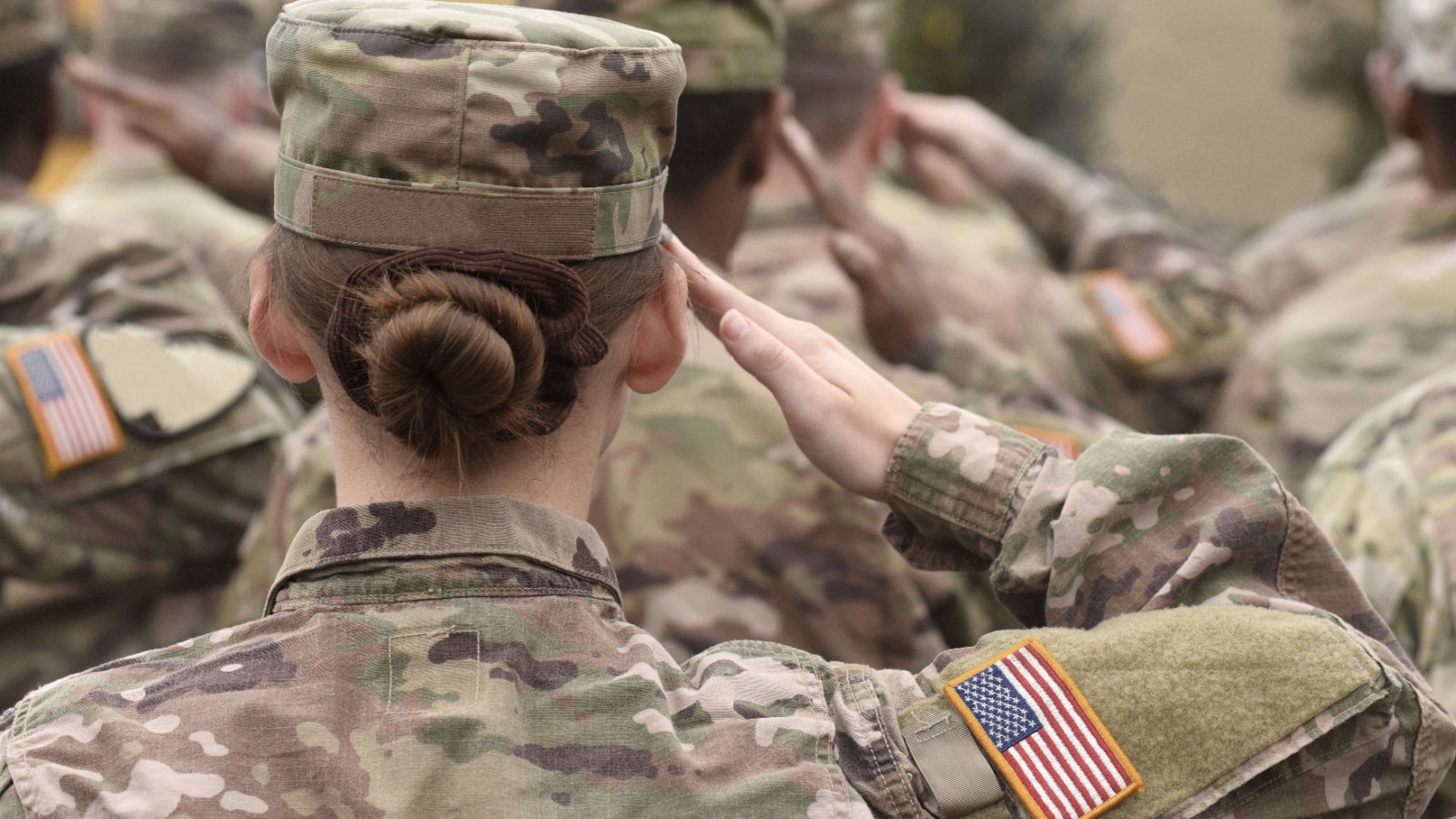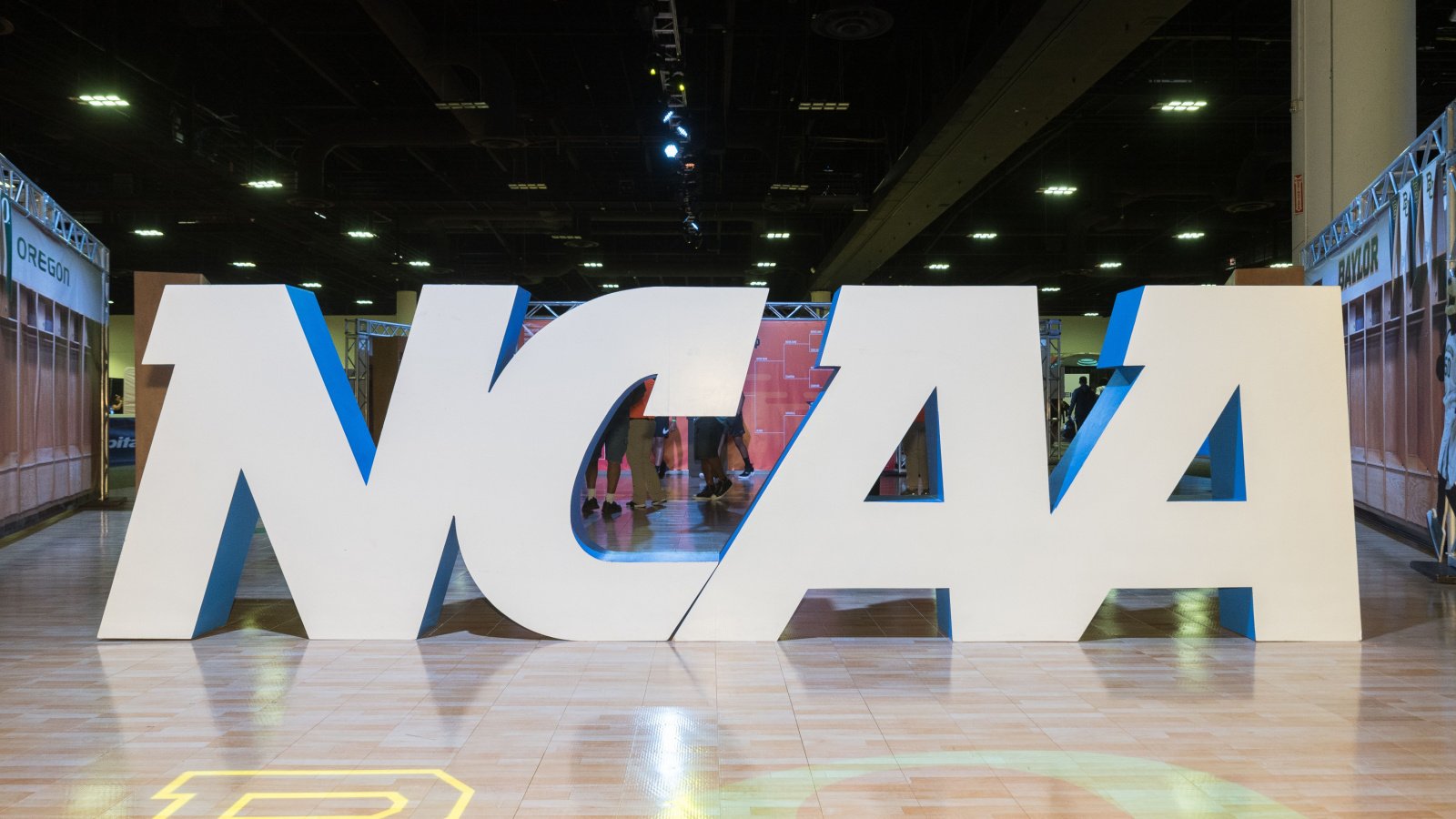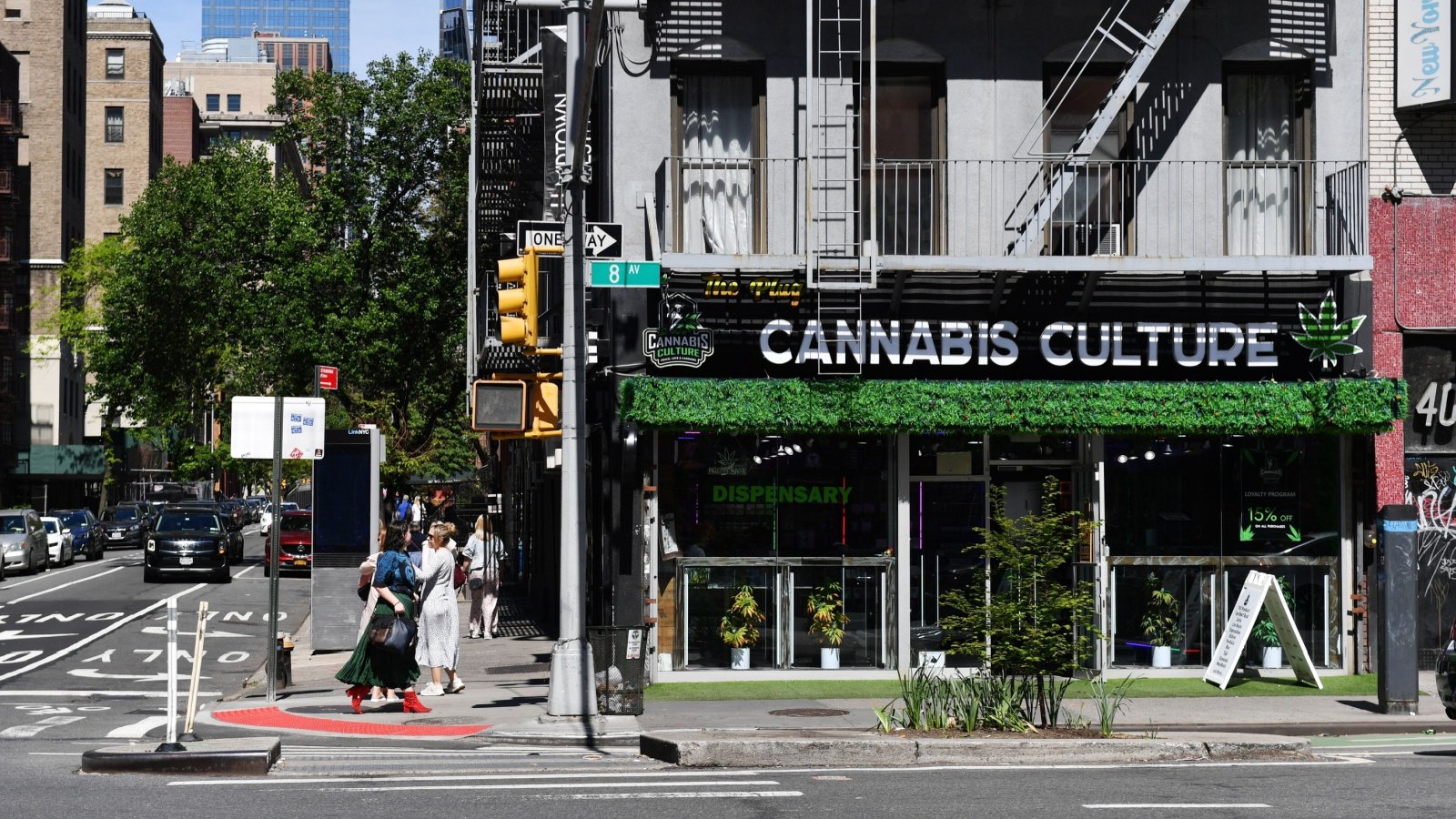While the United States and Canada share a long border and many cultural similarities, they also have distinct differences. These differences, ranging from healthcare to education, can significantly impact the daily lives of their residents. Let’s look at the differences between how these countries approach governance, lifestyle, and societal norms.
Presidential System

Unlike Canada’s parliamentary system, the U.S. operates under a presidential system of government. The President of the United States serves as both the head of state and the head of government, which consolidates executive power in one individual. In contrast, Canada’s Prime Minister is the head of government, while the monarch is the head of state.
Major League Baseball

The United States is home to Major League Baseball (MLB), featuring 29 teams across various states. Canada once had two MLB teams but now boasts only the Toronto Blue Jays after the Montreal Expos moved to Washington D.C. This leaves Canada with less direct involvement in one of North America’s most beloved sports.
Higher Military Spending

The United States allocates a significantly higher percentage of its GDP to military spending compared to Canada. This financial commitment supports the largest military in the world, both in terms of personnel and technology. Canada, with a more modest military budget, focuses on peacekeeping roles and defense rather than global military presence.
Medical Bankruptcies

A stark difference between the U.S. and Canada is the presence of medical bankruptcies, which are prevalent in the United States due to high healthcare costs and limited insurance coverage. Canada’s universal healthcare system largely shields its residents from such catastrophes.
NCAA

The National Collegiate Athletic Association (NCAA) is an American organization that regulates student-athletes from over 1,000 North American institutions and conferences. Canada does not have an equivalent to the NCAA; instead, it has separate governing bodies for university sports, such as U Sports. The NCAA is renowned for its role in cultivating young athletes.
Electoral College

The United States uses an Electoral College system to elect its President, a process that can result in a candidate winning the presidency without securing the popular vote. Canada’s Prime Minister, on the other hand, is determined by the party that wins the most seats in the House of Commons. The Electoral College is a unique and sometimes controversial American feature.
Fortune 500 Headquarters

The U.S. hosts the headquarters of the majority of Fortune 500 companies, indicating its role as a central hub of global business and finance. While Canada has its share of large corporations, it does not match the U.S. in terms of the number or scale of these major conglomerates. This concentration of corporate power in the U.S. underscores its economic influence.
Tipping Culture

In the United States, tipping is often expected, reflecting a cultural norm that compensates for lower hourly wages for service workers. In contrast, Canada has a less pronounced tipping culture, partly due to higher minimum wage laws that reduce the reliance on tips for income.
Federally Legalized Marijuana

As of now, marijuana is federally legal in Canada for both medical and recreational use, a progressive stance not mirrored in the United States, where marijuana legality varies by state. Federal prohibition remains in place in the U.S., creating a patchwork of laws and regulations that can confuse residents and visitors alike.
Death Penalty

The death penalty is a legal punishment in the United States, with several states still actively carrying out executions. In contrast, Canada abolished the death penalty in 1976. This difference underlines a fundamental divergence in human rights and criminal justice approaches between the two countries.
Imperial System

The United States continues to use the imperial system for most measurements, which include pounds, inches, and Fahrenheit. Canada, meanwhile, officially uses the metric system, which is standard across most of the world, making scientific and international communication more consistent.
Ivy League Schools

The Ivy League, an American collegiate athletic conference, represents eight private universities known for their high academic standards and significant social prestige. Canada does not have a direct equivalent to the Ivy League, although it does boast high-quality institutions such as the University of Toronto and McGill.
Desert Landscapes

The United States is home to several famous desert landscapes, including the Mojave, Sonoran, and Great Basin Deserts. These arid regions are known for their unique ecosystems and dramatic landscapes. Canada’s climate and geography do not support large-scale deserts, offering instead vast boreal forests and tundra regions.
Amazon Prime Benefits

While both countries enjoy Amazon Prime services, the U.S. version offers more extensive benefits, such as a greater selection of prime-eligible items and faster shipping options. This difference highlights the broader range of services and products available to American consumers compared to their Canadian counterparts.
Corn Belt

The United States houses the Corn Belt, an area of the Midwest known for its extensive corn farming, which plays a significant role in the country’s agricultural industry. Canada does not have a region comparable to the Corn Belt, mainly due to climatic differences that are less favorable for corn at such a large scale.
Jury Duty Compensation

In the United States, jury duty compensation varies significantly by state but generally offers some remuneration for participation. In Canada, some provinces do not compensate for jury duty at all, or the payment is minimal, reflecting different approaches to civic duty.
State vs. Provincial Sales Tax

The U.S. has no federal sales tax; instead, states can levy their own sales taxes, which vary widely. In contrast, Canada has a Goods and Services Tax (GST) applied at the federal level, alongside Provincial Sales Taxes (PST) or a Harmonized Sales Tax (HST) that combines both.
Bankruptcy Laws

U.S. bankruptcy laws offer individuals several options for declaring bankruptcy, including Chapters 7 and 13, allowing for debt elimination or repayment plans. Canadian bankruptcy laws do not provide as many options and generally lead to harsher consequences for the individual. The more flexible U.S. approach aims to provide a fresh start for debtors.
Black Friday

Black Friday, the day after Thanksgiving, is significantly bigger in the U.S. than in Canada. While Canadians have adopted Black Friday sales to some extent, the phenomenon does not match the American level of consumer participation and retail frenzy. This shopping event underscores the U.S. culture of consumption and sales.
Drive-Thru Liquor Stores

Drive-thru liquor stores are common in many U.S. states, offering convenience for consumers purchasing alcoholic beverages. In Canada, alcohol sales are more regulated, and drive-thru liquor stores are generally not permitted, reflecting stricter alcohol control policies. This difference points to varying national attitudes towards alcohol sales and consumption.
Alcohol in Grocery Stores

In the U.S., many states allow the sale of alcohol in grocery stores, making it easily accessible during regular shopping trips. In contrast, Canadian provinces typically have more stringent regulations, often requiring alcohol to be sold in dedicated stores. This accessibility in the U.S. reflects a more relaxed regulatory approach to alcohol distribution.
American Football

American football is deeply ingrained in U.S. culture, with the NFL being a major aspect of American sports. Canada has its version, the Canadian Football League (CFL), which follows slightly different rules and enjoys a dedicated but smaller following. The prominence of the NFL and college football in the U.S. highlights a significant cultural passion not mirrored in Canada.
Cheaper Gas Prices

Gasoline prices in the United States are generally lower than in Canada, partly due to lower fuel taxes and different oil market dynamics. This price difference affects everything from the cost of commuting to the overall cost of living. Cheaper gas prices in the U.S. are often cited in discussions about American car culture and suburban living.









Black Jack fordert zu einem spannenden Duell mit der Bank heraus, ohne dabei
die Zahl 21 zu überschreiten. Mit so einem breiten Spektrum an Spielen garantiert
die Spielbank Amsterdam Sloterdijk spannende
Unterhaltung für jeden Gast. Beliebte Spiele wie Jin Ji Bao Xi Grand
und Aladdin’s Fortune versprechen neben hohen Gewinnen auch ein packendes
Spielerlebnis. Von den klassischen Walzen-Slotmaschinen bis zu den modernen Video-Spielautomaten, das Casino deckt
alle Vorlieben ab. Neben diesen zeitlosen Klassikern lockt das Casino mit einer
Vielzahl moderner Spielautomaten, Live Poker, Live Bingo und modernen Spielen wie
Casino 21, Diceball, und Casino Barbut. Besonders hervorzuheben ist neben der attraktiven Lage und der einladenden Atmosphäre
des Casinos auch das Angebot an außergewöhnlichen Events, die regelmäßig stattfinden.
Das Glücksspielangebot gilt nur für Besucher ab einem
Alter von 18 Jahren, außerdem besteht eine Ausweispflicht.
Während eines Aufenthalts in den Niederlanden lässt sich ein Museumsbesuch gut mit einem Kasinobesuch kombinieren. Unser Nachbar verfügt über kilometerlange Strände, einer schönen Landschaft und bietet kulturelle Kostbarkeiten. Alle 14 Standorte bieten Möglichkeiten zum Poker spielen an.
Natürlich finden Sie im Holland Casino Utrecht auch
alle anderen Tisch- und Automatenspiele. Das Holland Casino in Venlo liegt direkt an der Autobahn und ist damit sehr gut zu erreichen.
Auch die Holland Casino Amsterdam Centrum sind
so gestaltet, dass Besucher sowohl tagsüber als auch
abends bequem spielen können. Für die Anfahrt
zum Holland Casino Amsterdam Centrum bietet sich die Nutzung der A10 Ringautobahn an, von der aus Besucher den Schildern zum Stadtzentrum folgen können. Darüber hinaus bietet das Casino besondere
Veranstaltungen wie Winning Wednesday, bei dem Inhaber der Favorites Card zusätzliche Preise gewinnen können,
und das Sunday Royale, ein Event mit spannenden Spielen, Live-Unterhaltung und tollem
Essen.
References:
https://online-spielhallen.de/arena-casino-deutschland-ihr-spielerlebnis-im-detail/
Durchsuchen Sie alle von Posido Casino angebotenen Boni, einschließlich jener Bonusangebote,
bei denen Sie keine Einzahlung vornehmen müssen, und durchstöbern Sie auch alle
Willkommensboni, die Sie bei Ihrer ersten Einzahlung
erhalten werden. Solltest du mehr Interesse an den Sportwetten haben, dann steht für dich
ein Ersteinzahlungsbonus von 100% bis zu 200€ bereit. Nach der
Einzahlung sind 20 Freispiele umgehend verfügbar. Bei der Ersteinzahlung kannst du den Willkommensbonus aktivieren, den du bei der Anmeldung bereits ausgewählt hast.
Egal, ob Sie ein Fan von Spielautomaten,
ein Stratege bei Tischspielen oder ein Wett-Enthusiast sind – Posido hat für jeden etwas zu bieten. Egal, ob Sie einen Slot spielen oder an einem Live-Dealer-Tisch Platz nehmen möchten – die Plattform funktioniert perfekt auf
iOS- und Android-Geräten. Diese Flexibilität sorgt dafür, dass Spieler keine Kompromisse eingehen müssen, wenn sie unterwegs spielen möchten. Mit einer Auswahl, die Tausende von Spielautomaten, klassische Tischspiele, innovative Spielshows und spannende Live-Casino-Erlebnisse umfasst, bietet Posido Spielern jeder Vorliebe ein maßgeschneidertes Erlebnis.
References:
https://online-spielhallen.de/spinanga-casino-ihr-weg-zu-spannenden-freispielen/